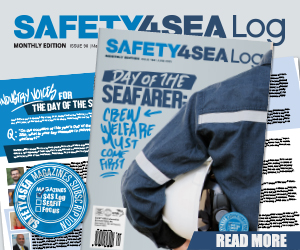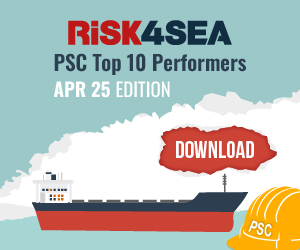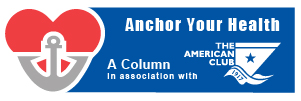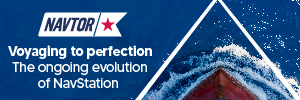Tsunami Early Warning Detections Using GPS
Interview with James Foster from the University of Hawai James Foster is a researcher at the University of Hawaii who has recently worked with a team of scientists to look into early warning systems for tsunamis by using GPS. His team recently published their research into how commercial shipping vessels can help with the early detection of tsunamis, which was then picked up by various news networks and bloggers across the world. We are lucky enough this week to have an interview with James, where he tells us a bit more about the GPS tsunami detection research as well as what plans him and the team have in the future for this application and other GPSinitiatives.1. Hi James, and thank you for agreeing to be interviewed by GPS Bites. We are really interested in your research into GPS tsunami warnings, and wondered if you could give our readers a brief introduction to your role in the study?Hi GPS Bites. The study came about quite serendipitously: I had just gotten funding to upgrade the GPS systems on our research vessel, the Kilo Moana, in order to use it for marine geodetic studies.When the news of the Chile earthquake and tsunami came ...
Read moreDetails



















































